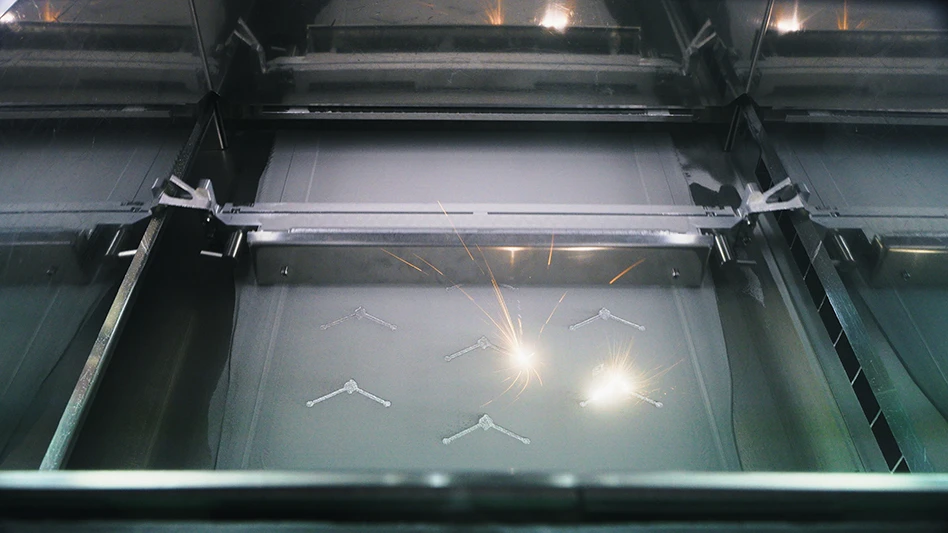V-V timing allows physicians to separately adjust timing of electrical therapy delivered to a heart failure patient's two ventricles, in order to optimize beating of the heart and so enhance blood flow throughout the body.
CRT works by resynchronizing the contractions of the heart's ventricles by means of tiny electrical impulses sent to the heart muscle. This helps the heart pump blood throughout the body more efficiently, reducing heart failure symptoms. Defibrillation applies electrical impulses to stop potentially lethal heart rhythms.
Insync Sentry and Insync Maximo devices are now being shipped with V-V timing included. For patients having previous models of the devices, special software is available to provide V-V benefit through simple, in-clinic software re-programming. This means that patients won't have to undergo another implant to avail themselves of the latest technology.

Explore the July 2005 Issue
Check out more from this issue and find your next story to read.
Latest from Today's Medical Developments
- HERMES AWARD 2025 – Jury nominates three tech innovations
- Vision Engineering’s EVO Cam HALO
- How to Reduce First Article Inspection Creation Time by 70% to 90% with DISCUS Software
- FANUC America launches new robot tutorial website for all
- Murata Machinery USA’s MT1065EX twin-spindle, CNC turning center
- #40 - Lunch & Learn with Fagor Automation
- Kistler offers service for piezoelectric force sensors and measuring chains
- Creaform’s Pro version of Scan-to-CAD Application Module





